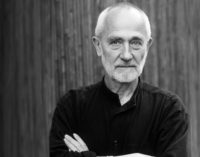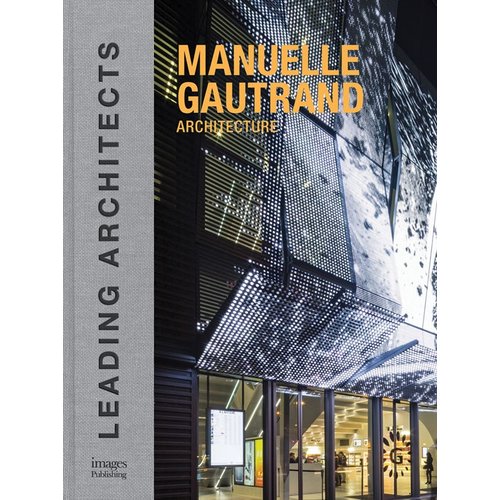
Jean Nouvel Wins 2008 Pritzker Prize

Jean Nouvel Wins 2008 Pritzker Prize
Institut du Monde Arabe (IMA or Arab World Institute), Paris, France, completed in 1987.
Photo by Georges Fessy, courtesy Ateliers Jean Nouvel

Jean Nouvel Wins 2008 Pritzker Prize
Nemausus I public housing in Nimes, France, completed in 1987.
Photo by Deidi Von Schaewen, courtesy Ateliers Jean Nouvel

Jean Nouvel Wins 2008 Pritzker Prize
Agbar Tower, Barcelona, Spain, completed in 2005.
Photo by Philippe Ruault, courtesy Ateliers Jean Nouvel

Jean Nouvel Wins 2008 Pritzker Prize
Guthrie Theater Minneapolis, Minnesota, completed in 2006.
Photo by Roland Halbe, courtesy Ateliers Jean Nouvel

Jean Nouvel Wins 2008 Pritzker Prize
Quai Branly Museum, Paris, France, completed in 2006.
Photo by Roland Halbe, courtesy Ateliers Jean Nouvel

Jean Nouvel Wins 2008 Pritzker Prize
100 11th Avenue, New York, New York, in progress.
Image courtesy Ateliers Jean Nouvel

Jean Nouvel Wins 2008 Pritzker Prize
Abu Dhabi Louvre Museum, United Arab Emirates, in progress.
Image courtesy Ateliers Jean Nouvel





Post a comment to this article
Report Abusive Comment